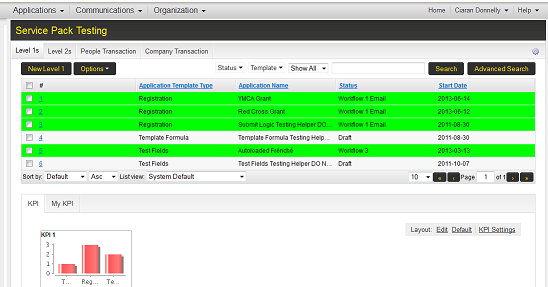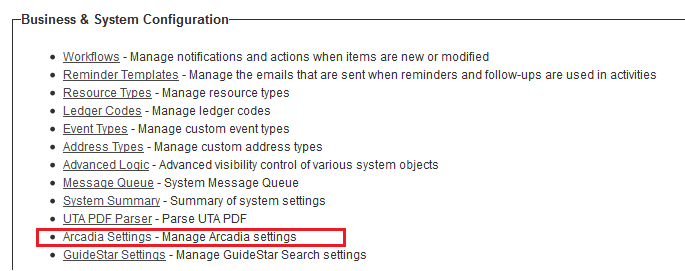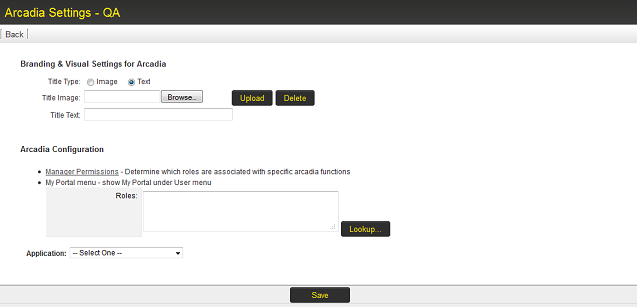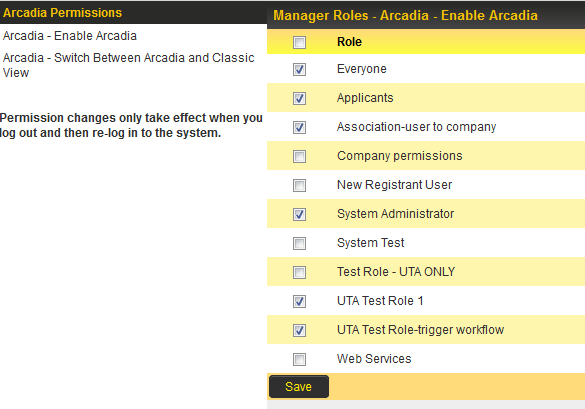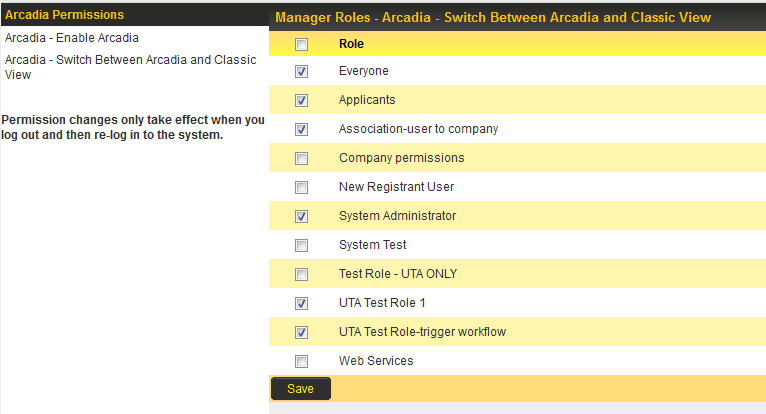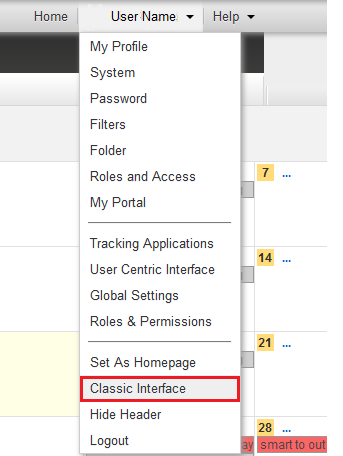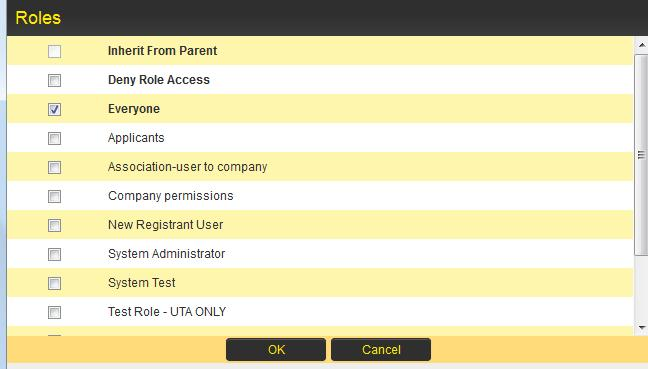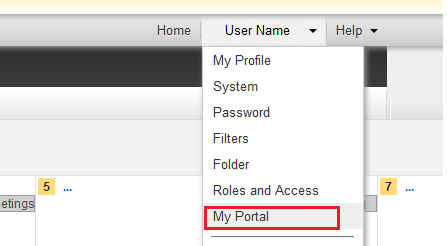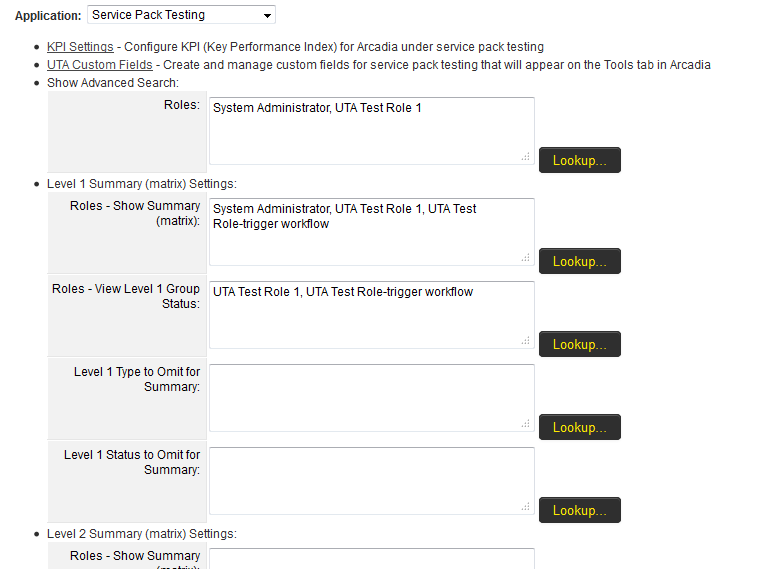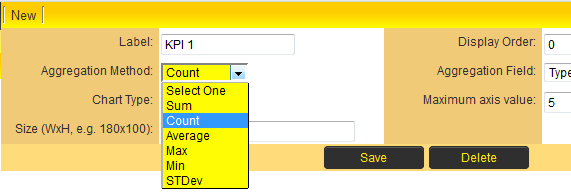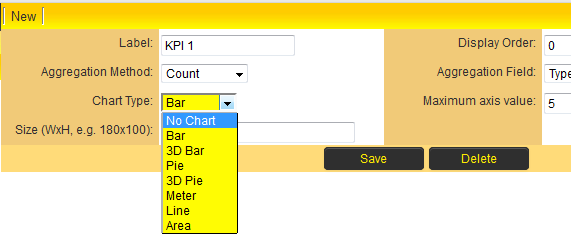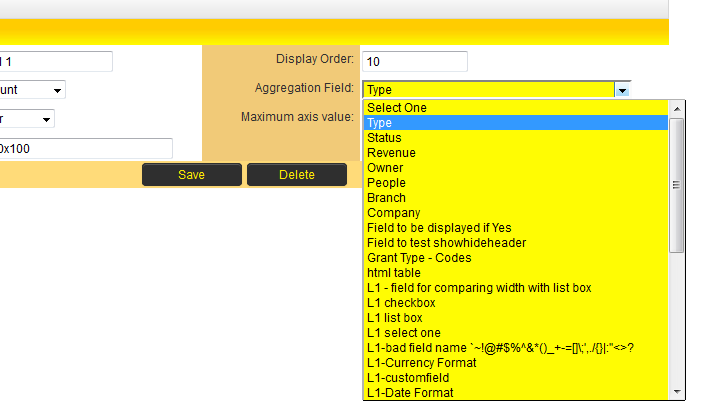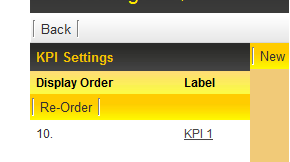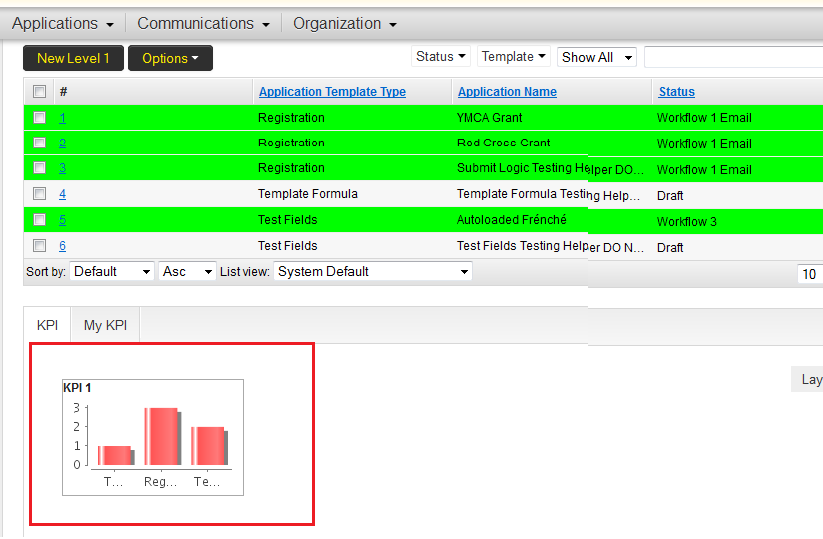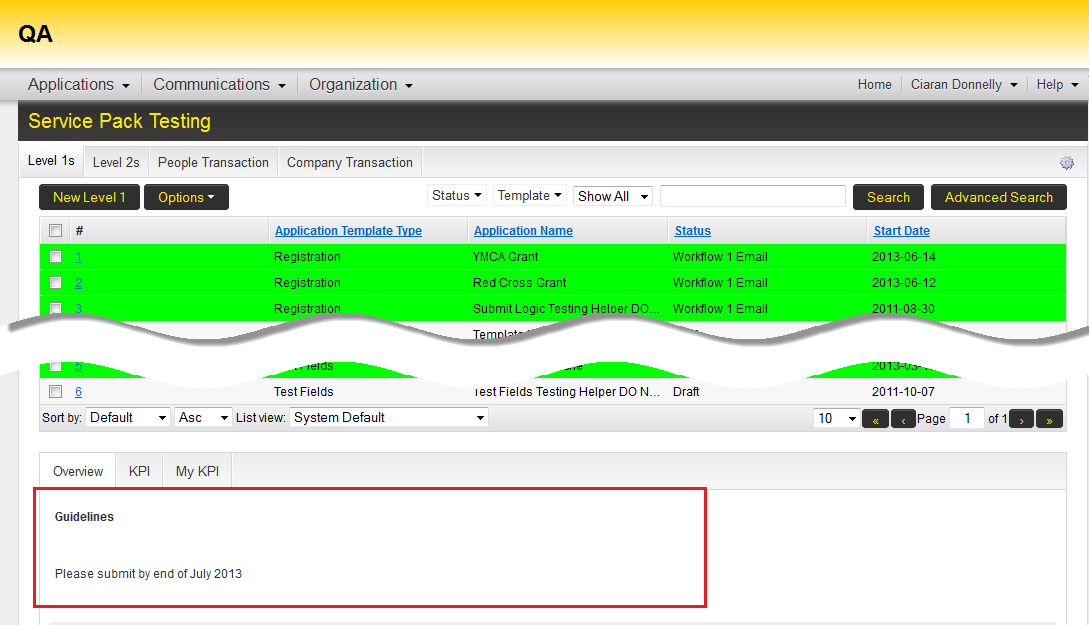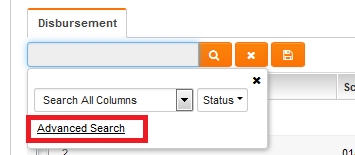Arcadia Settings
Arcadia is SmartSimple's next generation interface.
It functions as an overlay to the system, which can be switched on per group of users.
It is designed so that any existing interface configuration will not be impacted.
This includes role based access to different UTAs, with access to the UTAs still controlled by individual UTA settings.
Contents
General Overview
The overall goal of Arcadia is to attempt to reflect the scale of flexibility and functionality in the interface.
The ways that it aims to achieve this includes:
- Make your information work harder so you don't have to
- Cross-tabbed standard views with drill down options - allow users to immediately see the information that is useful or pertinent to them.
- New metric (KPI) feature - present user with a figure or chart without the need to create a report.
- Auto-mapping feature - show contact or organization information on a mao
- Auto-linked reports
- Easier to use
- Less clicks to get where you want to go.
- Simpler presentation of information
- Broader use of export capabilities
- Faster time to personalize
Configuring Arcadia
- The Arcadia Settings page has a number of options to allow for configuration of the Arcadia Interface:
- Branding & Visual Settings for Arcadia - The "Title Type" settings determine the image or text shown in the top of your Arcadia interface.
- Manager Permissions - enabling role specific access to the Arcadia Interface, including ability to switch back to the Classic Interface.
- My Portal menu - enabling access to existing icon based Portal interfaces via the Arcadia Interface
- Application - allows for configuration of the Arcadia Interface specific to any UTA available on that instance.
- These options are discussed further in the sections below.
Manager Permissions
The Manager Permissions is the way to enable role based access to the Arcadia interface, whether as a default interface or as an optional interface that is interchangeable with the classic view.
- Go to Global Settings - Business and System Configuration, and click on Arcadia Settings hyperlink.
- User is presented with the Arcadia Settings page.
- Click on Manager Permissions hyperlink in the Arcadia Configuration section.
- User is presented with the Arcadia permission options.
- Click on the Arcadia - Enable Arcadia hyperlink to select the roles that can access the Arcadia interface, and then click Save.
- Click on the Arcadia - Switch Between Arcadia and Classic View hyperlink to select the roles can switch between the Arcadia interface and the classic SmartSimple interface, and then click Save.
- A user in one of the roles selected in both the Arcadia - Enable Arcadia and Arcadia - Switch Between Arcadia and Classic View sections will have the ability to switch back to the classic interface by clicking on the drop-down option by their name and then selecting the Classic Interface option.
- A user in one of the roles selected in just the Arcadia - Enable Arcadia section will not have the ability to switch back to the classic interface. Instead the Arcadia interface will be the default interface.
Users in certain roles may already have access to the system via a portal interface, with a series of icons providing access to required information or functionality.
Continued access to these portal interfaces in the Arcadia interface is permitted through the use of the My Portal menu option.

This is configurable by following the steps below:
- Click on the Lookup button.
- In the resulting screen check the box against those roles that requires continued access to their portal interface, or check Everyone if all users in all roles should have access. Then click OK.
- The Roles field should now be populated with the roles selected.
- When a user in one of these roles logs into the system they will now have the option to view their portal interface by clicking on the drop-down option by their name and then selecting the My Portal option.
Application
The Application section allows for configuration of the Arcadia Interface specific to any UTA available on that instance.
This includes the ability to have cross-tabbed standard views with drill down options and KPIs for simplified presentation of important metrics.
- Select the UTA from the drop-down list.
- A number of additional options are now exposed to the end-user:
- KPI Settings
- UTA Custom Fields
- Show Advanced Search
- Level 1 Summary (matrix) Settings
- Level 2 Summary (matrix) Settings
- Tab Settings
KPI Settings
The KPI Settings section allows the configuration of KPI (Key Performance Index) specific to the selected UTA.
- Click on the KPI Settings hyperlink.
- This launches the KPI Settings section.
- Click on the New option to start the creation of a new KPI.
- Populate the Name field with descriptive text appropriate for the KPI being created.
- Select the Aggregation Method from the drop-down list. This controls how the data will be aggregated when presented via the KPI.
- Select the Chart Type from the drop-down list. This controls the type of chart used to represent the data.
- Populate the Display Order field with an appropriate numeric value. This will control the placement of the KPI on the screen, with lower display orders meaning that the KPI will appears closer to the start.
- Select the Aggregation Field from the drop-down list. The drop-down will display the Standard Fields and Custom Fields within the selected UTA that the raw data will be aggregated against.
- Size field defaults to a width of 180 pixels and a length of 100 pixels. These values can be overwritten as necessary.
- Click Save
- The KPI will now appear to the left of the screen in the list of available KPIs.
- The KPI should now appear in the Arcadia interface for those roles with appropriate permissions.
UTA Custom Fields
This feature allows users to create and manage custom fields for the selected UTA that will appear in the Arcadia interface.
Common uses for this section may include creating guidelines for end-users or creating tabs to hold common information.
- Click on the UTA Custom fields hyperlink.
- In the resulting screen click the New tab to start adding custom fields.
- The New Custom Field window is displayed, including the various setting options specific to that field.
- Populate these settings as appropriate and click Save. See Custom Fields section for additional information on how to configure custom fields.
- If the Tab Name was not populated for the field it should appear at the top of UTA specific Arcadia interface for those roles with appropriate permissions.
- If the Tab Name was populated for the field it should appear at the bottom of UTA specific Arcadia interface for those roles with appropriate permissions. The field will only be visible after clicking on the Tab that is contained within.
Show Advanced Search
The Advanced Search feature enables quick and easy input of multiple search criteria including AND, OR and NOT operands.
It can be made available against individual UTAs based on an individuals role.
- Click on the Lookup button.
- In the resulting screen check the box against those roles that requires continued access to their portal interface, or check Everyone if all users in all roles should have access. Then click OK.
- The Advanced Search option should now appear in the Arcadia interface for those roles with appropriate permissions.
